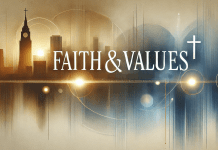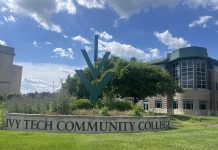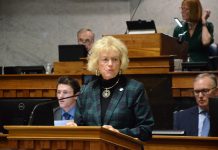How Public Art Programs Can Join the Movement…
By Ms. Amina Cooper for Americans for the Arts
How Public Art Programs Can Join the Movement…
On May 25, 2020, Minnesota police officer Derek Chauvin brutally murdered George Floyd, an unarmed Black father accused of issuing a counterfeit $20 bill, while other police officers stood by. This tragedy, following many other recent police-involved shootings of unarmed Black men and women that have been broadcasted and protested nationwide, has sparked renewed and global visibility for the Black Lives Matter movement.
Black Lives Matter began in 2013 after the murder of Trayvon Martin and continues today to demand change within America’s justice system that allows many of the police officers and other perpetrators of hate crimes to go uncharged and unsentenced. The movement demands an acknowledgment that anti-black racism and white supremacy is pervasive within police forces, in part because the laws designed to protect police officers also shields them from prosecution when they abandon their oath to protect and serve, and instead do harm. Statistics show that over the course of their lives, about 1 in every 1,000 black men can expect to be killed by police[1]. Other minority communities also are disproportionately affected by police violence; for example, Native Americans are 3.1 times more likely than white Americans to be killed by police[2].
This most recent wave of protests has prompted a discussion within the public art field: How can public art respond to the Black Lives Matters movement? Should it? What will we do about the public artwork that is being tagged and damaged during these protests?
First, let me assert the obvious: Black lives are more important than public art objects that can be replaced, conserved, or deinstalled. In some instances, the fact that certain works are repeatedly tagged, altered, or vandalized might signal that the appropriateness of the work to the community should be reconsidered.
Take for example the monument to former Philadelphia police officer and two-time Mayor Frank L. Rizzo. This sculpture finally was removed on June 3 after protesters physically attacked the sculpture and tagged it with the acronym “FTP.†This wasn’t the first time the community has defaced the work, and let us hope that it is the last time that the City of Philadelphia and its Public Art Commission will spend taxpayer money to conserve it. Current mayor Jim Kenney offered a fitting eulogy to the work after its deinstallation, stating, “The statue is a deplorable monument to racism, bigotry, and police brutality for members of the Black community, the LGBTQ community, and many others. The treatment of these communities under Mr. Rizzo’s leadership was among the worst periods in Philadelphia’s history.†Given this, we have to ask ourselves why we would ever memorialize a racist bigot whose depravities include ordering a brutal beating of students protesting for black studies curriculum and a public strip search of Black Panther Party members after a raid of their headquarters. Why do we refuse to listen to communities when works are sited in their communities, without their support, when they tell our agencies that they no longer want them or find them relevant?
In the wake of these protests, we are seeing what was said could not be accomplished: the expedited removal of monuments dedicated to bigots, racists, and Confederates. This suggests that many of the reasons given as to why these objects could not be removed from the public were excuses. These excuses served to delegitimize the very earnest requests from the broader public to have their humanity validated and to help determine how the spaces that they support financially will look and feel.
It is time to talk about the lack of diversity within our public art commissions, artist selection panels, and our public art workforce. We need to address the elitism with which we dictate to communities which artworks are acceptable, and which persons and cultures are worth affirming with monuments and beautiful objects.
Public art, at its best, is an authentic reflection of our times and values. Public art should reflect the community around it, and represent the hopes, lives, and aspirations of the people in that community. What we can do as public art policymakers and administrators is uplift those voices in our communities that are calling for justice and equal protection for people of color under the law.
Black artists are creating brilliant, contemplative works—thematically centered around civil rights, cultural pride and racial justice—and have been for a very long time. The truth is, many of these works land outside of the awareness and Eurocentric aesthetic values[3] of our overwhelmingly-White workforce[4]. The artists creating these works and the organizations supporting their community-based practices often do so without our support, accolades, or interest.
We don’t need to create new programs or vehicles to support these artists and organizations. We don’t need to draft half-hearted statements to affirm that Black Lives Matter. We need to do the very difficult work of dismantling the institutional bias and racism that is built into the framework of our programming and policymaking.
We can provide funding support and resources to artists and organizations outside of those that we have been funding for the past 30 years, and we can do so without restrictions or caveats. We can create genuine partnerships with community-based artists and organizations to do work within the communities that we haven’t reached without coopting and whitewashing their work, as we have done in the past. Let’s not give them the smallest of our allocations for funding or support, either. And we should audit our staffs, boards, commissions, and panels to make sure they are not racially homogenous.




